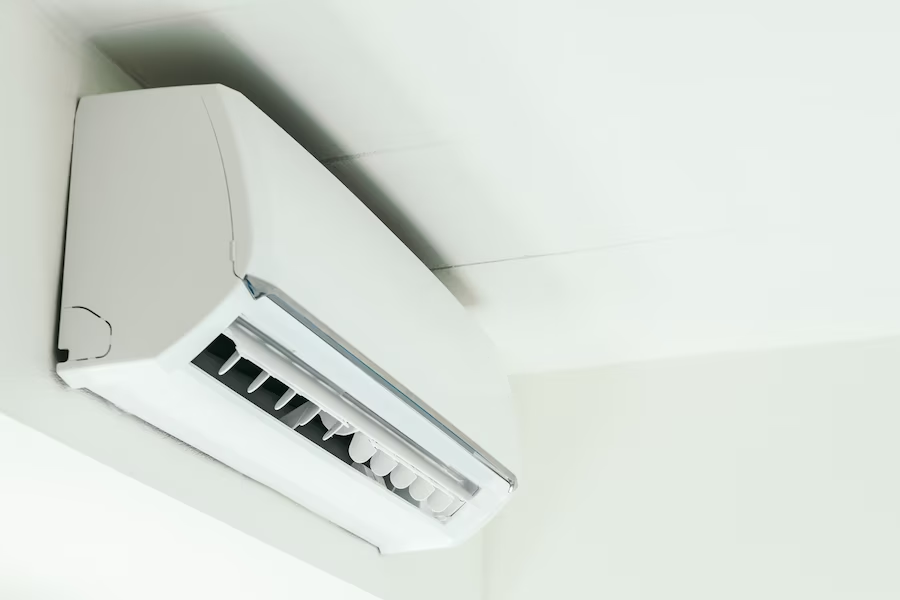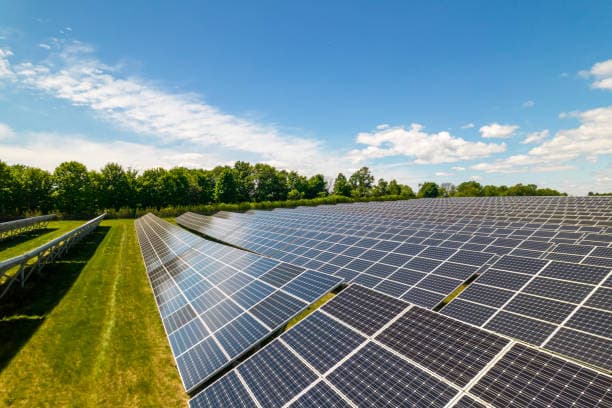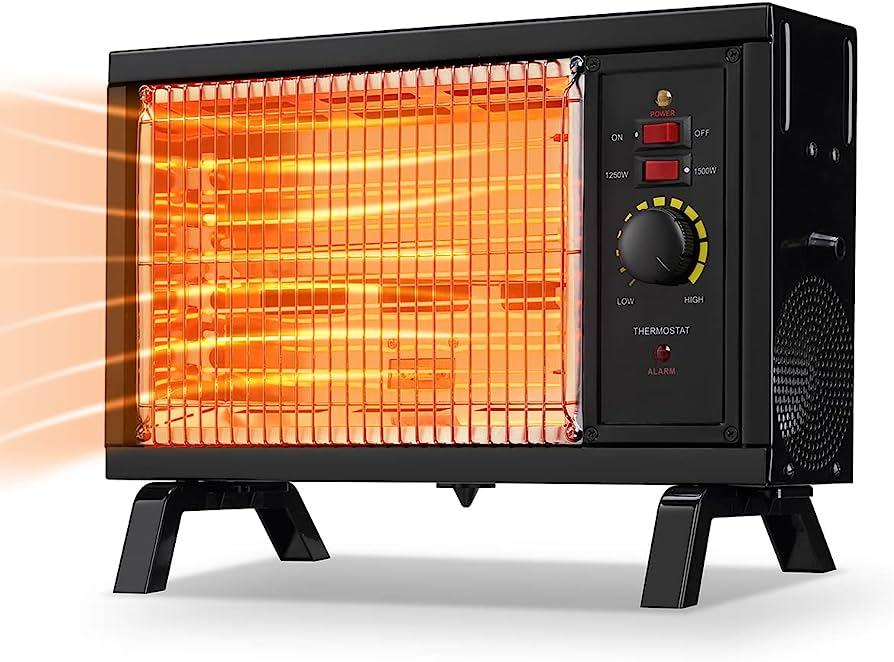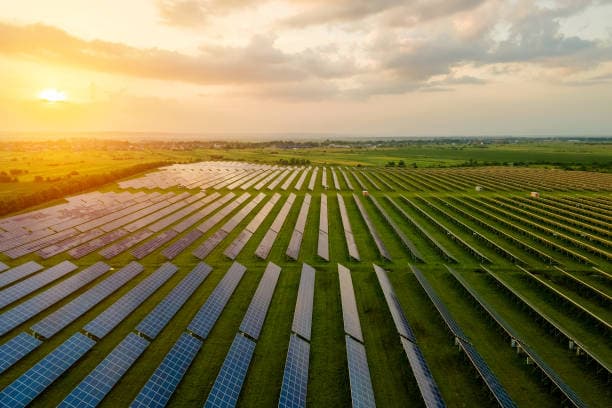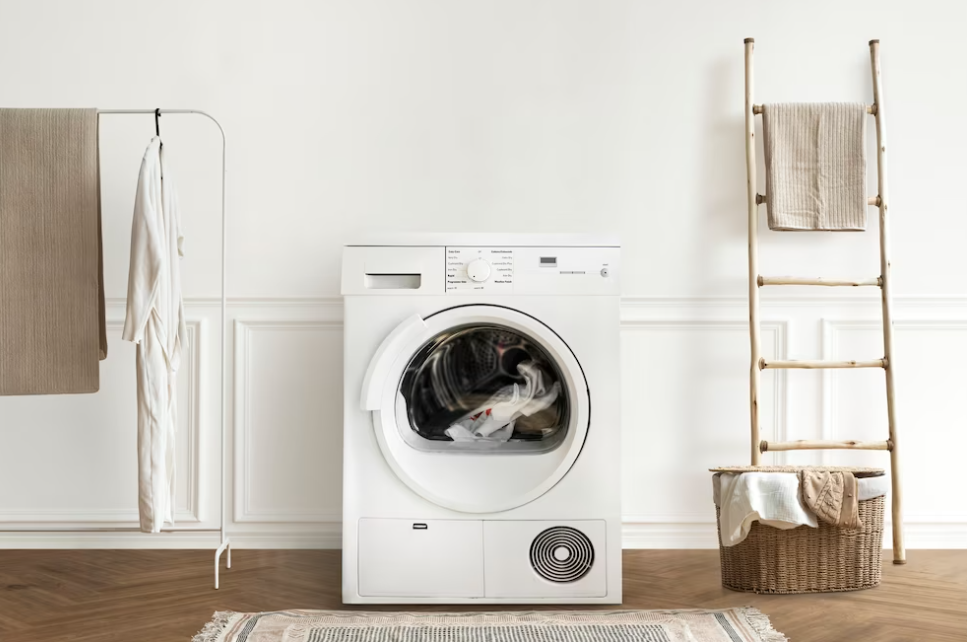Delving into Air Conditioning
Air Conditioning (AC) units are complex systems that serve as climate control solutions. These units are engineered to make living and working spaces more comfortable by regulating temperature and humidity levels.
The fundamental principle behind air conditioning is the process of heat transfer. Using refrigerants, ACs remove heat from the indoor environment and displace it outdoors, effectively lowering the interior temperature.
Mechanism
The operation of an air conditioning (AC) system is based on a refrigeration cycle comprising four stages: evaporation, compression, condensation, and expansion. The entire process involves the conversion of refrigerant between liquid and gaseous states, resulting in the absorption and release of heat, ultimately leading to cooling. The mechanism can be broken down as follows:
- Evaporation: The refrigerant, initially in a liquid state, enters the evaporator coil located in the indoor unit of the AC. As it passes through the evaporator, the refrigerant absorbs heat from the surrounding indoor air. This heat absorption causes the refrigerant to evaporate and transform into a low-pressure, low-temperature gas;
- Compression and Condensation: The low-pressure refrigerant gas then moves to the compressor, which is responsible for raising its pressure and temperature. The refrigerant, now in a high-pressure gas state, is conveyed to the condenser, situated in the outdoor unit of the AC. In the condenser, the refrigerant releases heat to the external environment, causing it to condense and revert to a high-pressure liquid form;
- Expansion and Recycle: After condensation, the high-pressure liquid refrigerant is passed through an expansion valve. This valve reduces the pressure and temperature of the refrigerant, making it ready to re-enter the evaporator coil as a low-pressure, low-temperature gas. The cycle then repeats as the refrigerant continuously circulates through these stages, enabling the AC to maintain a cooling effect within the indoor space.
Types of Air Conditioning Units
Air conditioning units can be categorized into several types, each with its unique operation mode, structure, and utility:
| Air Conditioner Type | Description | Suitable For |
|---|---|---|
| Central Air Conditioners | Integrated systems designed to cool an entire building or house. The cooled air is circulated through ducts and vents. | Buildings, large houses |
| Ductless, Mini-Split ACs | Consist of an outdoor compressor and indoor handling unit. Each unit cools a particular room independently. | Cooling individual rooms |
| Window Air Conditioners | Compact units installed in windows. Suitable for cooling single rooms. | Cooling single rooms |
| Portable Air Conditioners | Mobile units that can be moved from room to room. Ideal where window units are prohibited or impractical. | Houses, apartments with window restrictions |
| Hybrid Air Conditioners | Alternate between fossil fuels and electric power based on outdoor temperature. More energy-efficient option. | Energy-conscious users, various settings |
| Geothermal Air Conditioners | Utilize the earth’s constant temperature to cool the air. Offer substantial energy savings in the long run. | Environmentally-conscious users, long-term savings |
Analyzing Electric Fans
Electric fans, unlike air conditioners, do not change the ambient temperature but work on the principle of evaporative cooling. They generate airflow, creating a wind-chill effect that makes the ambient environment feel cooler to the skin.
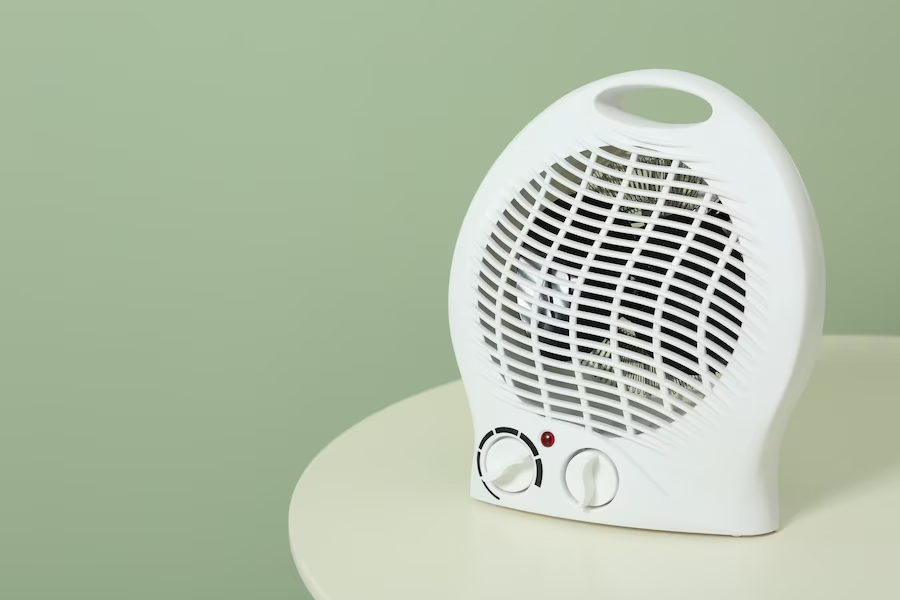
Mechanism
An electric fan operates on a simple yet effective mechanism, utilizing an electric motor to rotate the fan blades and circulate air. The main components involved in the fan’s mechanism include the electric motor, the fan blades, and the housing that supports them. Let’s explore each element in detail:
- Electric Motor: At the heart of the electric fan lies an electric motor, which serves as the primary driving force. The motor is usually located at the center of the fan and is secured within the fan’s housing. When electricity is supplied to the motor, it induces the generation of a magnetic field that interacts with the motor’s coils, causing the motor shaft to rotate;
- Fan Blades: The fan blades are connected to the motor shaft and extend outwards from the center. They are designed with specific shapes and angles to optimize the movement of air. As the motor shaft rotates, it imparts motion to the fan blades, making them spin in a circular motion;
- Air Circulation: The spinning motion of the fan blades creates an area of low pressure behind the blades and an area of high pressure in front. This pressure difference forces air to move from the area of high pressure to the area of low pressure, creating a flow of air. The blades are shaped in a way that pushes air forward as they rotate, resulting in a steady stream of air being propelled in the fan’s direction;
- Housing: To ensure stability and safety, the fan blades are enclosed within a protective housing. The housing also helps to direct the airflow in a particular direction. It is designed with grills or openings that allow the air to pass through while keeping foreign objects or fingers away from the rotating blades.
Types of Electric Fans
| Fan Type | Description | Suitable For |
|---|---|---|
| Ceiling Fans | Mounted to the ceiling, circulate air downwards. Effective in cooling larger rooms, they come in various styles. | Larger rooms, home decor matching |
| Table Fans | Portable, lightweight fans placed on tables or desks. Ideal for cooling smaller areas or individual people. | Smaller areas, personal cooling |
| Tower Fans | Tall, slim fans for rooms with limited space. Oscillate from side to side, distributing cool air widely. | Rooms with limited space, wider air distribution |
| Pedestal Fans | Fans with tall, adjustable stands. Can direct airflow at different heights. | Versatile use, adjustable airflow |
| Wall-Mounted Fans | Ideal for compact spaces. Mounted on walls and can oscillate to distribute air across the room. | Compact spaces, wall-mounted convenience |
| Misting Fans | Combine standard fans with a humidifier to spray a fine mist of water. Provide extra cooling through evaporation. | Extra cooling via water droplet evaporation |
Key Parameters: Air Conditioners vs. Electric Fans
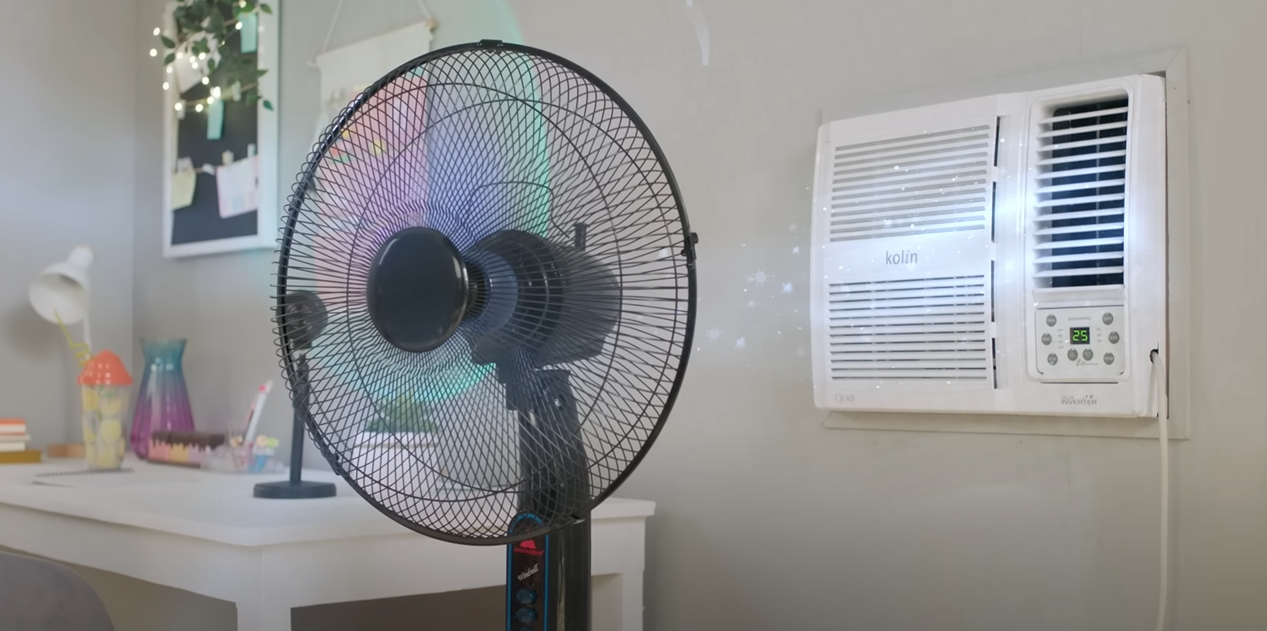
An in-depth comparison of air conditioners and electric fans reveals significant differences in several key aspects:
Energy Efficiency and Consumption
Air conditioners consume significantly more energy than electric fans. An average central air conditioner uses about 3,500 watts of electricity, while a window unit uses between 500 to 1,500 watts, depending on the size. In contrast, an average electric fan uses only about 100 watts.
This higher energy consumption by air conditioners directly translates to higher operational costs and environmental impact. The amount of CO2 emissions from an air conditioner is substantially more than an electric fan.
Installation, Maintenance, and Lifespan
Air conditioners require professional installation, which adds to their initial cost. The complexity of their design also necessitates regular maintenance. Filter cleaning or replacement, coil cleaning, leak repairs, and refrigerant top-ups are some of the frequent maintenance requirements. Furthermore, the average lifespan of an air conditioner is about 15 to 20 years, depending on its maintenance and usage.
On the other hand, electric fans are easy to install and require minimal maintenance, such as occasional cleaning. The average lifespan of an electric fan is typically shorter than an air conditioner, ranging between 5 to 10 years.
Noise Levels
Air conditioners, especially older models, can be quite noisy due to the compressor and fan that circulate cool air. Some units produce noise levels up to 70 decibels. In contrast, electric fans are generally quieter. Most fans produce noise levels between 35 to 60 decibels, depending on the speed and model.
Versatility and Portability
Portable and window air conditioners can be moved from room to room, but the process is not as simple as moving a fan. Central, ductless, and hybrid air conditioning systems are stationary once installed. In contrast, most electric fans, except ceiling fans, are highly portable and versatile, offering flexibility in usage.
Conclusion
Both air conditioning units and electric fans have unique attributes that cater to different cooling requirements. Factors such as climate, space, budget, energy efficiency, health considerations, and personal preferences should guide the choice between these two cooling systems. Whether prioritizing the uniform, powerful cooling of an air conditioner or the energy efficiency and simplicity of an electric fan, consumers can make informed decisions to select the climate control solution that best suits their needs.
FAQ
Given their low energy consumption, electric fans are generally more eco-friendly than air conditioners. However, energy-efficient models of air conditioners are becoming increasingly prevalent and could offer a greener cooling solution.
Positioning the fan correctly, using it in conjunction with natural ventilation, or using multiple fans to create cross ventilation can enhance a fan’s effectiveness. For hot and dry climates, a misting fan can provide better comfort.
An air conditioner might be a better option for individuals with allergies, as AC units filter and purify the air, reducing the presence of allergens and dust. Fans can potentially circulate dust and allergens present in the room.
Yes, using an air conditioner and an electric fan simultaneously can help distribute cooled air more efficiently across the room, potentially allowing for a higher AC thermostat setting and leading to energy savings.


